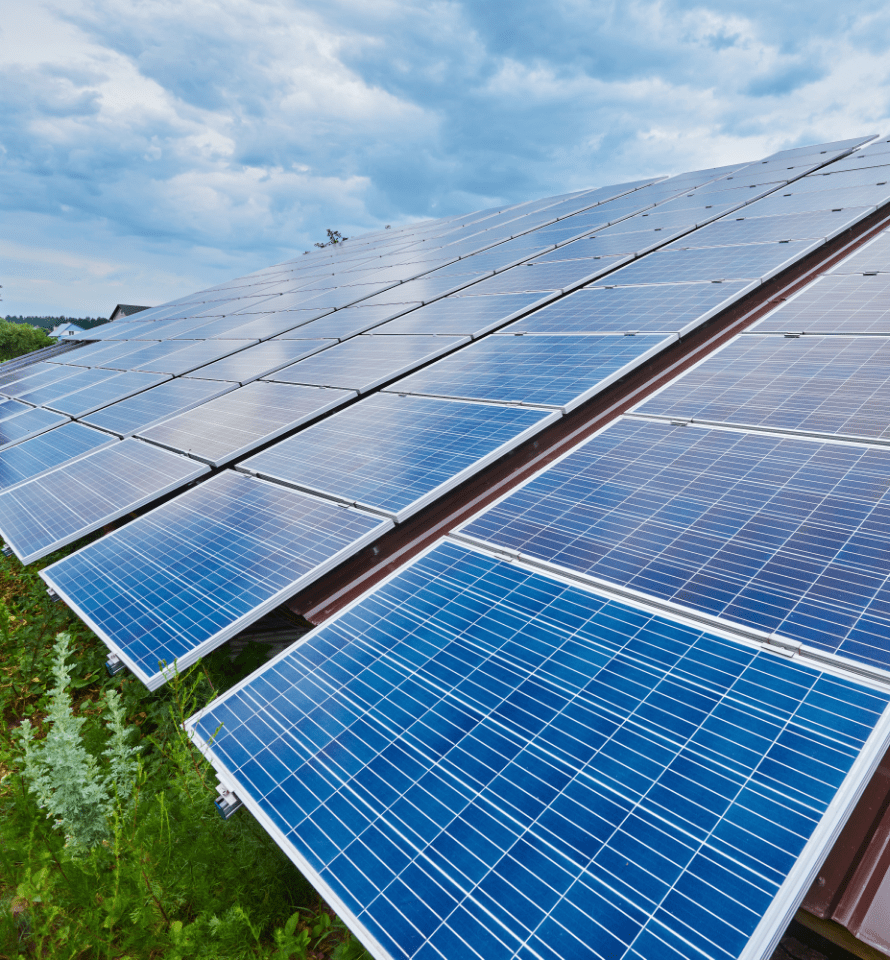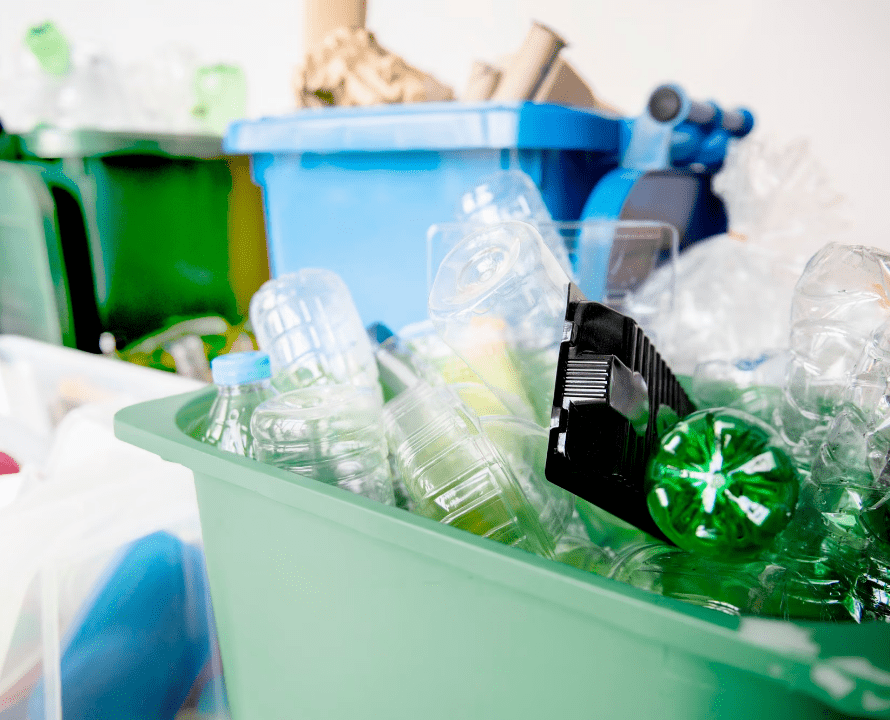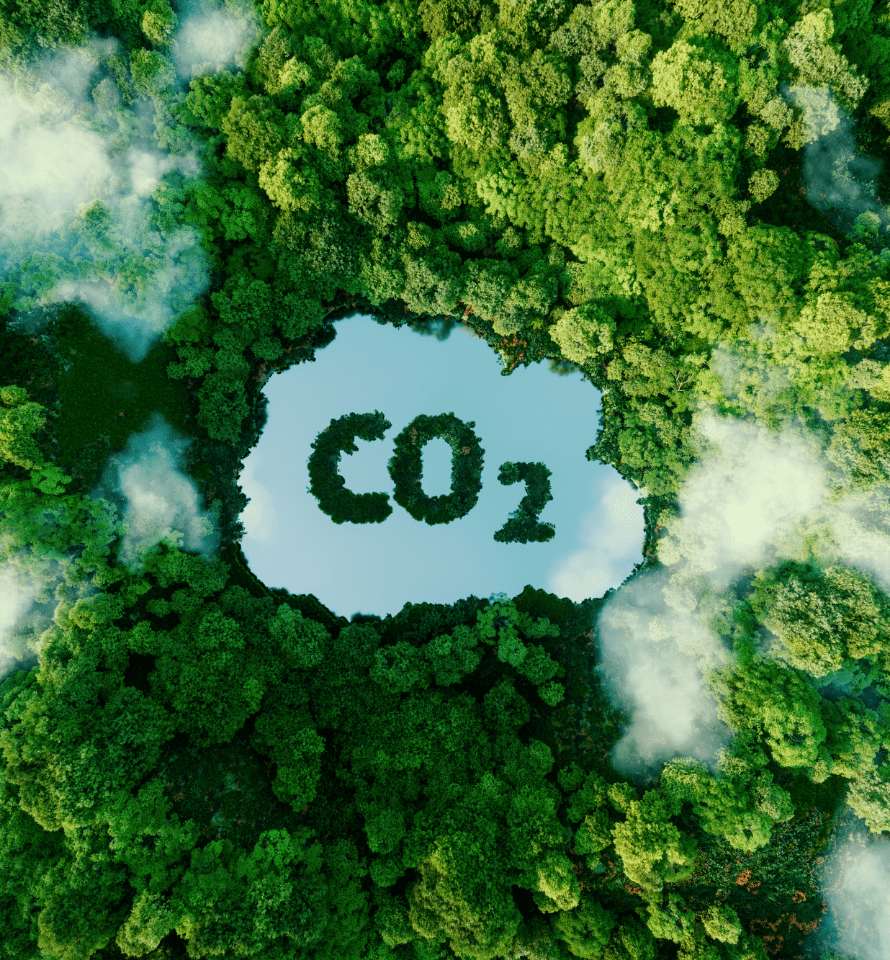
Sustainability in Environment Dimension

The Company is well aware of the issues associated with global warming and the emissions of greenhouse gases (GHG), especially carbon dioxide (CO2), which is considered the main culprit of climate change, as well as rising global temperatures, and a multitude of natural disasters. Realizing the potential impact from the Company's operations which may contribute in part to GHG emissions
the Company has defined social and environmental responsibility on carbon footprint along with formulating strategies on GHG management by using alternative energy among many other efforts.
Corporate Social and Environmental Responsibility Policy
Environmental Performance

Energy consumption
- As the Company's production process uses machinery involving intensive electricity consumption, the Company has a policy of embracing alternative energy through the use of solar-generated electricity to reduce its energy consumption and costs.
- The Company resolves to improve the efficiency of its logistics operations which account for high operating expenses prompted by the need to use its own or other commissioned trucks to deliver products to different destinations. To reduce logistics expenses and GHG emissions, the Company organizes the sequential delivery of products from the Company or suppliers to customers on the same route.
- The Company utilizes high efficiency machinery or equipment that can reduce electricity consumption. Despite the possible increasing production costs, the effort enables the Company to produce products of higher quality and standard in line with the Company’s marketing strategies to deliver excellent quality products to customers.

Annual Performance of 2024
The increase is attributed to extended working hours with 1 additional night shift, leading to increased electricity consumption.

Waste and garbage management, waste water treatment, and pollution control
The Company commits to the appropriate disposal of garbage and treatment of waste water and toxins to comply with the requirements as stipulated by law and the country’s standards. Chief among the efforts are reducing the landfilling of waste to reduce GHG emissions, using high quality machinery to minimize waste, and choosing an industrial waste disposal operator that meets standard requirements prescribed by law.
For garbage and other waste such as solid waste and food waste from the canteen, the Company has ensured that the waste be separated before sending to the garbage collection unit.
- General Waste 38,240 Kilograms
- Valuable waste 13,310 Kilograms
- Recyclable Waste 51,930 Kilograms
- Hazardous waste 91,650 Kilograms
(Valuable waste refers to non-hazardous waste that can be composted)
Waste Management
In 2024, the company generated a total of 195,130 kilograms of waste. This comprised 38,240 kilograms of general waste, 13,310 kilograms of valuable waste, 51,930 kilograms of recyclable waste, and 91,650 kilograms of hazardous waste. This represents an increase of 22,168 kilograms from the previous year. For 2025, the company aims to reduce waste by no less than or equal to 5% of production weight (excluding general waste and hazardous waste).
Wastewater and Toxic Substance Treatment
The company treats wastewater and toxic substances using scientifically sound methods, in compliance with legal requirements and standards comparable to those of industrial plants in other countries. In 2024, total water consumption was 59,021 cubic meters, an increase of 2,706 cubic meters from the previous year. This was due to increased production and the upgrading of the purified water system to enhance the quality of purified water used in manufacturing various products.
The pollution management of BLC is divided into two main parts: wastewater management and emissions from exhaust stacks. For wastewater treatment, the company has a total of four zones designated for wastewater treatment systems, which handle discharges from production processes in different areas. The wastewater is treated through biological treatment processes, both aerobic and anaerobic. Regular monitoring, analysis, and evaluation of wastewater quality are conducted monthly by internal units and tested three times a year by external agencies registered with the Department of Industrial Works. The company uses treated wastewater for watering plants within the company premises without discharging it externally.

Greenhouse Gas Management
The company implements several measures to reduce greenhouse gas emissions. These include utilizing renewable energy, optimizing its product transportation system to lower emissions, and selecting high-quality, energy-efficient machinery for the production line. Furthermore, the company is committed to increasing green spaces by promoting tree planting in vacant areas within its factory premises, contributing to more green areas for the community. The company consistently pursues these policies.
In 2024, the company also conducted a Carbon Footprint for Organization assessment and prepared a greenhouse gas emissions report to continuously monitor its progress in reducing emissions. This report is available in the company's Sustainability Report.